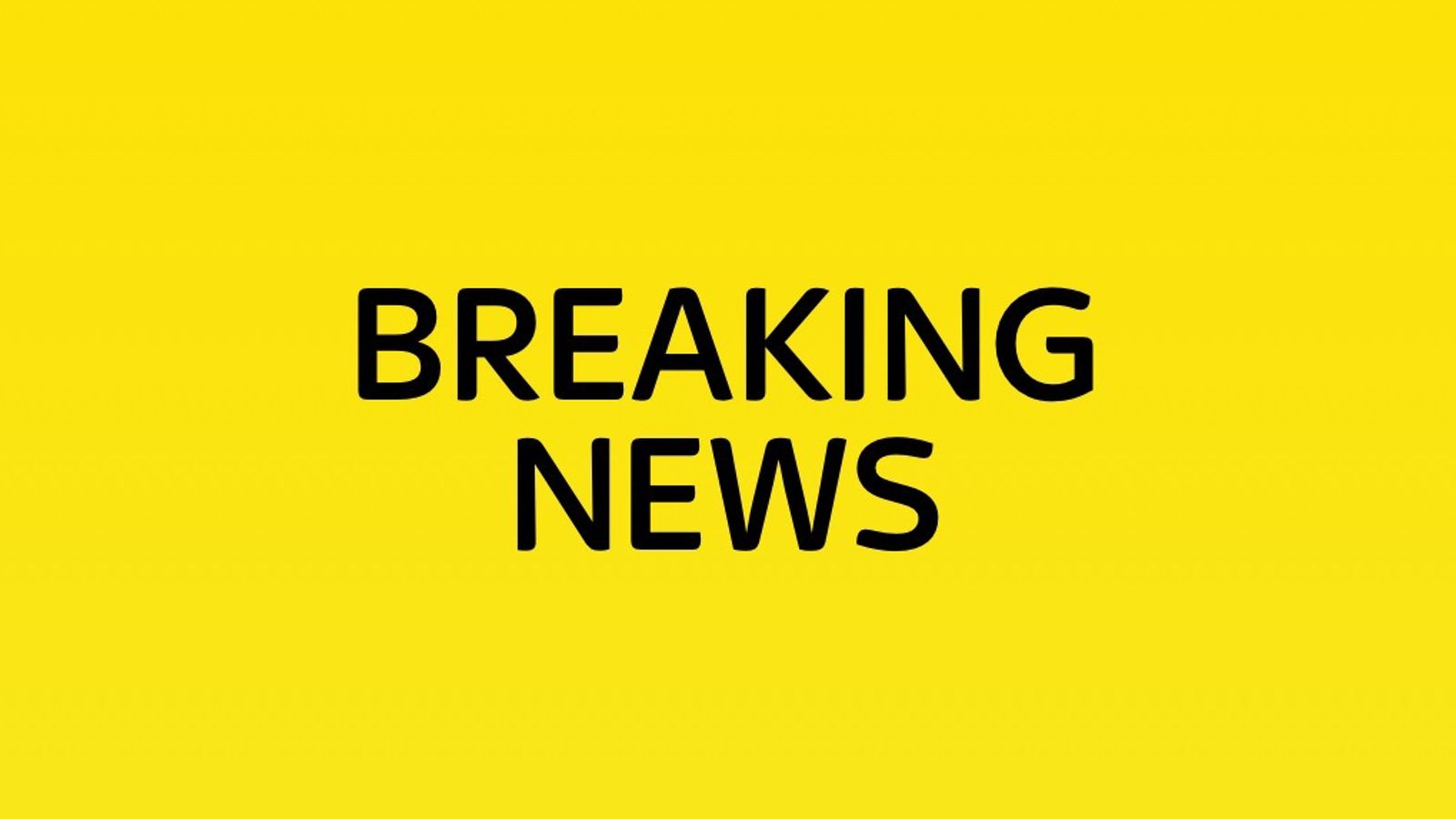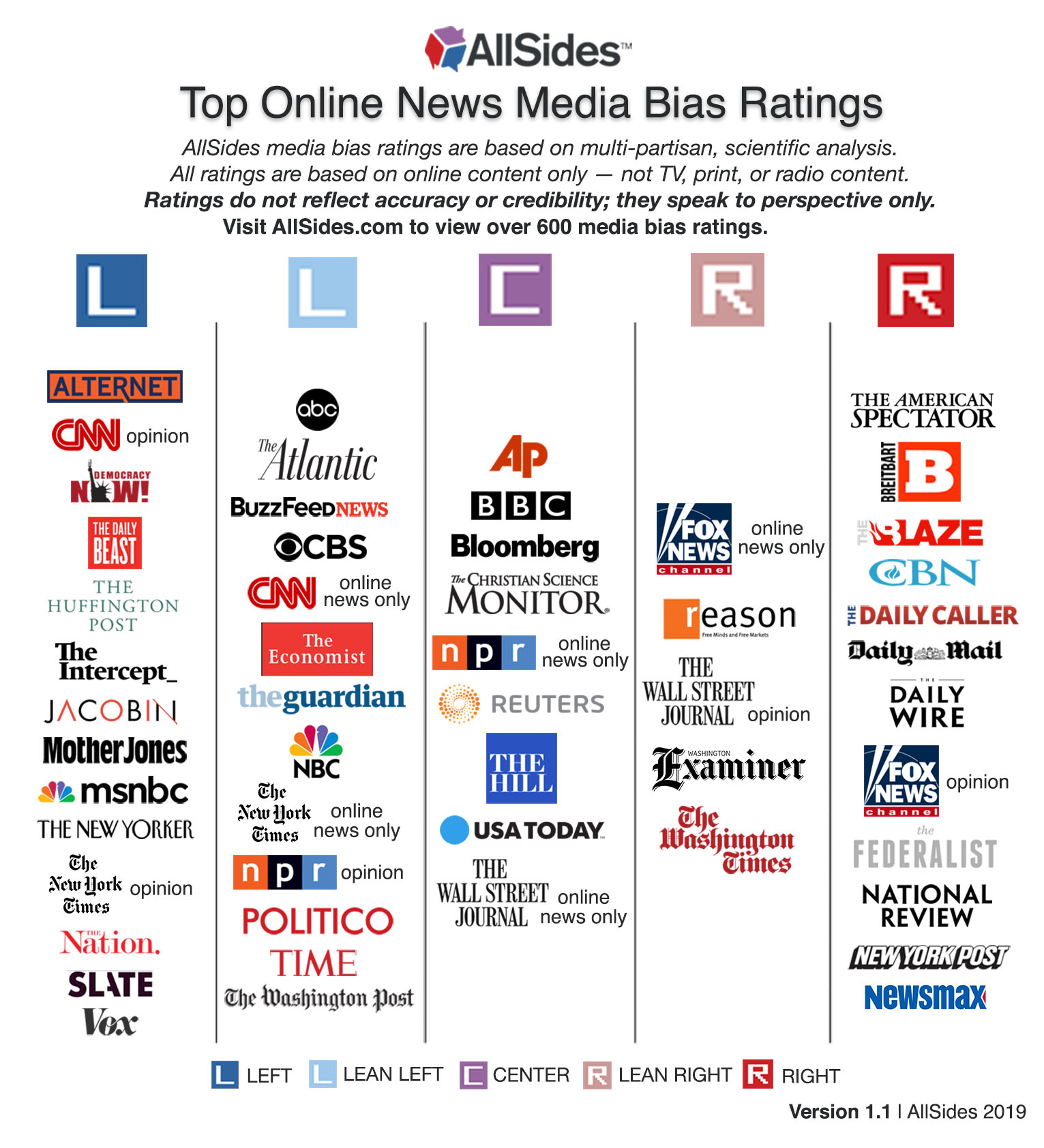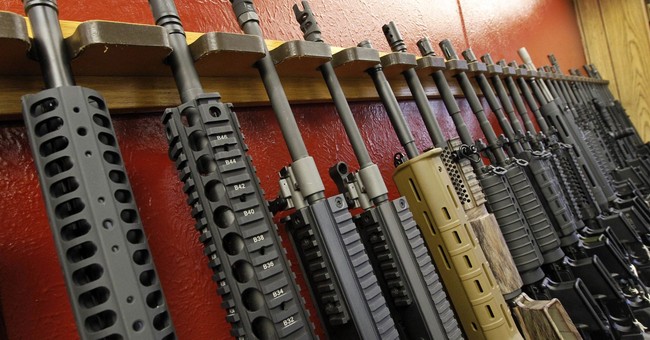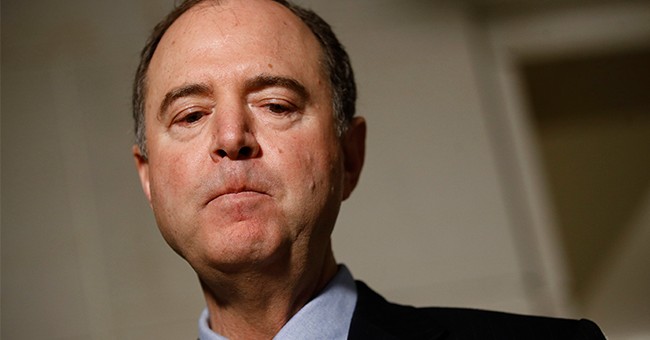Despite the holiday’s popularity, most people have no idea why Black Friday is called Black Friday.
I’ve never understood Black Friday. Hoards of people scrambling to buy stuff on the busiest shopping day of the year? It sounds dreadful. Instead of lazing in gratitude with a belly full of turkey and pie, people descend on stores in the wee hours to consume more.
No thanks.
Still, there’s no denying Black Friday is a big deal. Last year
165 millionAmericans—half the population—shopped on the weekend of Black Friday, according to the National Retail Federation. Shoppers
spent a record $6.22 billion in online sales alone. Total sales usually range from $50 to $60 billion.
Despite the holiday’s popularity, most people have no idea why Black Friday is called Black Friday.
When I started researching for this article, I was a bit fuzzy on Black Friday’s origins myself. Turns out I wasn’t the only one. My wife had no idea. I asked one
wicked smaht friend. He was clueless. One young person I asked said he’d heard Black Friday stemmed from the slave trade. (For the record, that’s
a myth.)
So what’s the truth? And why do so few people know the origins of a popular holiday?
First, this isn’t the only Black Friday. Several historical events were dubbed Black Friday, including
the Panic of 1869, which involved the Grant Administration releasing a large supply of gold to spite speculators trying to corner the market. That’s the official version, anyway. All you really need to know is that gold prices tanked, fortunes were lost.
That has nothing to do with Thanksgiving or shopping, but it’s one reason people are confused about Black Friday. The bigger reason though is the origins of this Black Friday are organic and hazy. In fact, there are at least three competing explanations for why we call Black Friday “Black Friday.”
Black Friday as National Hooky Day
The first record we have of anyone referring to the day after Thanksgiving as “Black Friday” is found in an obscure magazine from the 1950s. It was a reference to Americans playing hooky—skipping work—on Friday so they’d have a four-day weekend.
The article, titled "
What to Do about Friday After Thanksgiving," appeared in
Factory Management and Maintenance, a periodical for engineers and factory managers. It talked about the problem of people not showing up for work after Turkey Day.
"Friday-after-Thanksgiving-itis" is a disease second only to the bubonic plague in its effects. At least that's the feeling of those who have to get production out, when the "Black Friday" comes along. The shop may be half empty, but every absentee was sick—and can prove it. What to do? Many companies have tried the standard device of denying Thanksgiving Day pay to employees absent the day before and after the holiday. Trouble is, you can't deny pay to those legitimately ill. But what's legitimate? Tough to decide these days of often miraculously easy doctors' certificates.
Basically, Black Friday was the 1950s equivalent of Monday after the Super Bowl. Everyone just called in sick. As a result, productivity tanked. Nobody really knew what to do about it, which is probably why many companies just started giving workers the day off.
Black Friday as Chaos and Exploitation
I’d never heard the hooky version of Black Friday. I’d always assumed that the name had something to do with the holiday’s craziness. Something like this…
If you think I’m joking, consider that since 2006,
a dozen people have diedduring the shopping craze and more than a hundred have been injured. When people assume this is why we call the holiday Black Friday, they’re not exactly wrong.
Since everyone was playing hooky in the 1950s (see item #1), I guess they had to do something. For many Americans, this meant buying stuff. This turned Black Friday into one of the busiest shopping days of the year—the busiest in some cities, including Philadelphia.
Not long after the phrase “Black Friday” appeared in
Factory Management and Maintenance, Philadelphia law enforcement started to use the term Black Friday to refer to the floods of shoppers who descended on the city
between Thanksgiving and the Army-Navy football game on Saturday.
In this narrative, Black Friday is chaos, consumerism, traffic congestion, and worker exploitation.
This was creating all kinds of headaches for cops, and we see in this origin story the first seeds of labor discontent associated with the holiday. The long hours and high stress strained public resources. Cops were forbidden from taking off.
"It was a double whammy," Bonnie Taylor-Blake, a neuroscience researcher at the University of North Carolina,
told CNN in 2014. "Traffic cops were required to work 12-hour shifts, no one could take off and people would flood the sidewalks, parking lots and streets. The cops had to deal with it all and coined the term."
Though the term was mostly used in Philly, some New Yorkers were also complaining about “Black Friday.” A
report from 1961 mentions New Yorkers waiting in traffic “through 13 changes of a single traffic light” and bus drivers on strike.
In this narrative, Black Friday is chaos, consumerism, traffic congestion, and worker exploitation.
Black Friday as Merchants Getting into the Black
It’s no surprise retailers hated this big shopping day associated with such dark imagery. Let’s face it, the term Black Friday sounds rather ominous.
To solve this problem, some stores out east got together in the early 1960s to
rebrand Black Friday “Big Friday.” Great idea, right? Well, it didn’t take.
In fact, nearly a quarter century later, Philadelphia department stores were still resisting the term, which media had attached to.
"Black Friday is a phrase that's sinful and it's disgusting,” one local department store chairman told the Inquirer in 1985. "Why would anyone call a day, when everyone is happy and has smiles on their faces, Black Friday?”
Though the term was not yet popularized nationally, the phrase had taken on a life of its own. Perhaps realizing they were stuck with the Black Friday label, stores began to talk about Black Friday putting them “in the black.” (Historically, stores recorded losses in red ink and profits in black ink.)
This explanation suited retailers and matched their reality.
“It’s a misnomer, but 20, 30 years ago, people did view Black Friday as the day that retailers started to be ‘in the black’ after a year of not being in the black,” Ray Hartjen, a retail analytics expert at RetailNext,
told Vox. “All the volume through the holiday season made them profitable retailers.”
The earliest known reference to Black Friday as a day when stores are finally making profits comes from a 1981
Philadelphia Inquirer article.
How the day got its name is a matter of debate. Shoppers contend that it is derived from the enormous crowds that make shopping somewhat unpleasant. But merchants say it has to do with the fact that the level of sales before Christmas can mean the difference between losses for the year—or red ink on a retailer's ledger—and profits—or black ink.
In the late 1980s and 1990s, as more and more retailers began to see Black Friday as the season when they finally covered their expenses—rent, payroll, benefits, legal fees, taxes, etc.—they began to embrace the name, giving rise to its popularity.
The Black Friday Debate
The historical narratives of Black Friday compete with one another today in large part because they are part of a larger political narrative.
Some see Black Friday as a day when greedy corporations exploit workers for long hours to profit from the consumer hoards. Others see Black Friday as a day when businesses make a killing by offering blowout deals, and consumers get to buy the next greatest thing.
In recent years, retailers raised the stakes by opening stores earlier and earlier.
In 2003, stores like Walmart, Kmart, and (the recently bankrupt) Sears offered pre-dawn sales for the first time. That same year Black Friday became the most profitable shopping day of the year in the US for the first time ever, according to the International Council of Shopping Centers.
Encouraged, retailers began opening earlier and earlier. What started as 5 a.m. openings became 2 a.m., and then midnight. In 2011 many stores opened on Thanksgiving
for the first time.
Barbara Kahn, a marketing professor at the Wharton School of the University of Pennsylvania and author of The Shopping Revolution, told Vox that Black Friday “creep” is the natural outcome of free-market competition.
Consumerism may be vulgar, but it beats hunger and poverty seven days a week.
“When someone is offering 50 percent discounts from 10 to 11 on Friday, you can offer 51 percent from 9 to 10 on Friday,” said Kahn. “That competitive response will cause the creeping behavior—it getting earlier and earlier—because you want [customers] to buy from you instead of the competition.”
Basically, retailers are competing with one another to offer the best deals before their competition. Many see low prices and high profits as a win-win, but others see workers pressured into working the holiday season.
Whether one sees Black Friday as good or bad will depend on the person. People who view the world through the lens of exploitation and see consumerism as decadent or crass probably won’t like it. People who love good deals or appreciate
the benefits of free-market capitalism likely will view Black Friday differently.
I may never step into a department store on Black Friday, but I know enough
history to be grateful to live in a country so rich and free that literally half the population rushes out to buy stuff—
after eating a massive feast.







 public thanksgiving and prayer to be observed by acknowledging with grateful hearts the many signal favors of Almighty God especially by affording them an opportunity peaceably to establish a form of government for their safety and happiness.”
public thanksgiving and prayer to be observed by acknowledging with grateful hearts the many signal favors of Almighty God especially by affording them an opportunity peaceably to establish a form of government for their safety and happiness.”





